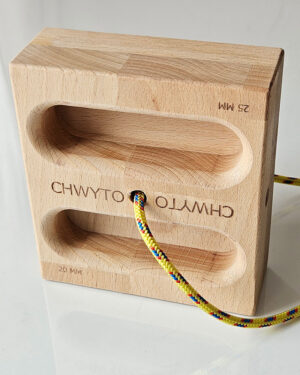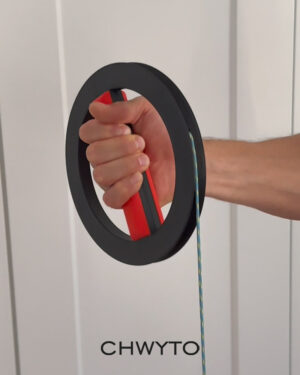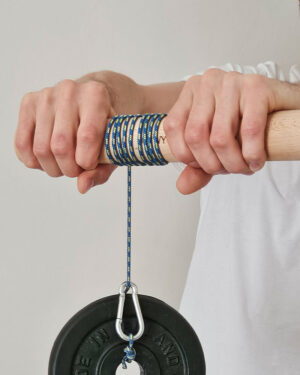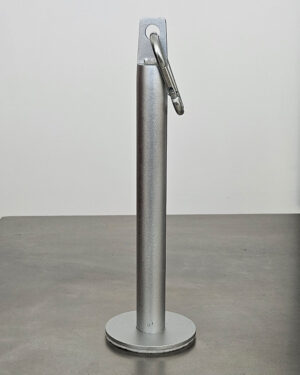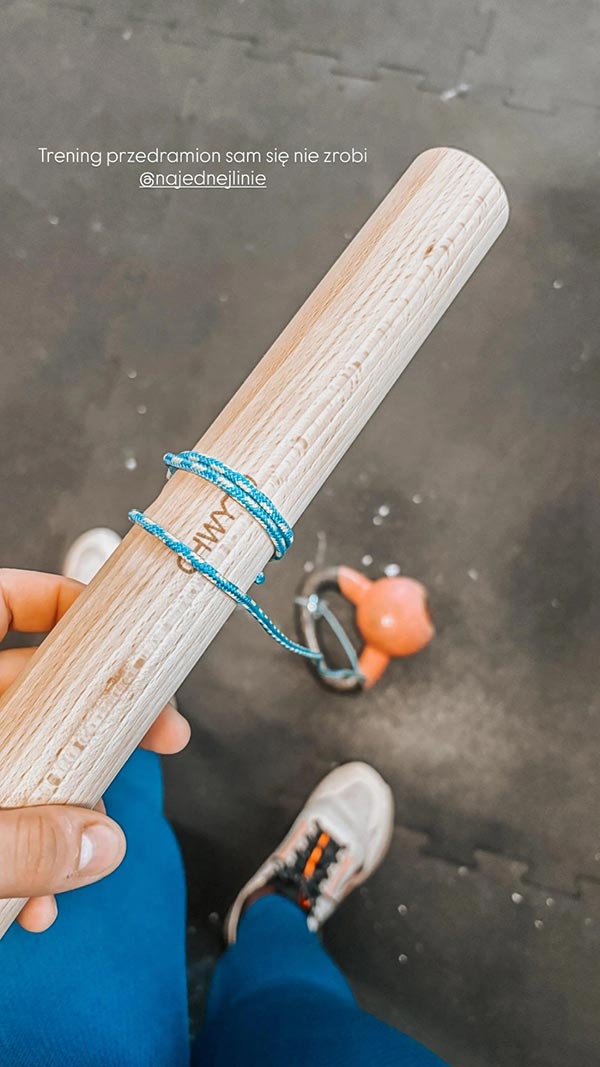Crafted in Poland by a climber – for climbers
CHWYTO means GRIP
Showing all 5 results
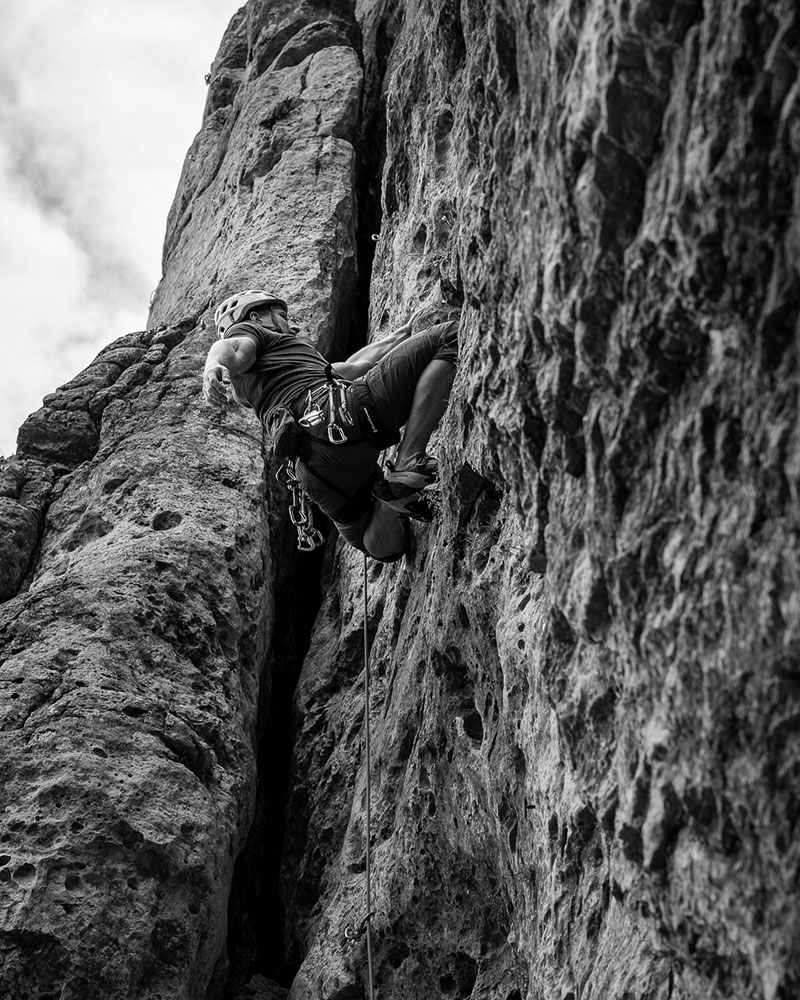
How smarter training unlocked my next climbing grade?
Despite regular training both indoors and on rock, I’d been stuck at 6b for months. Every attempt ended the same way — no progress, constant fatigue, and the familiar list of climbing injuries and strained fingers.
I started to wonder if real progress was still possible at my age.
The breakthrough came when I changed my approach — I realized I needed to train smarter, not harder..
With this method, I could climb more routes in a single session, and as my volume increased, so did my endurance and technique. My progress became exponential, not linear — soon I was sending 7a in just two or three tries.
Hangboard Pocket
A pocket-sized hangboard for smarter NO HANG training.
Short sessions, twice a day – no pulling, just controlled loading on a 20 mm edge.
Boost tendon strength safely. Maximum effect, minimal injury risk.
Loading Pin
An essential tool for effective No-Hang training. Easily load and adjust your weights for CHWYTO sessions and take full control of your training intensity.
Forearm Training – Roller
Solid wood roller designed to build wrist strength and forearm stability. Perfect for climbers and anyone looking to improve grip endurance.
Recommended by
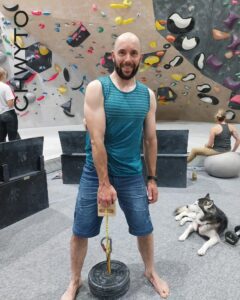
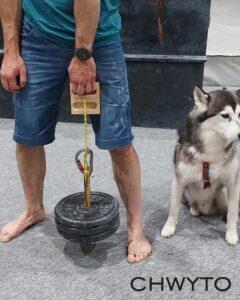
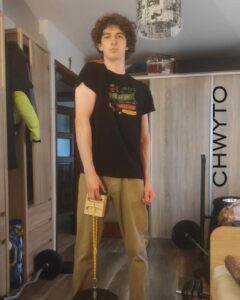
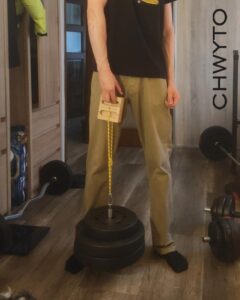

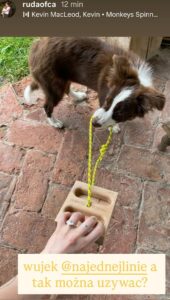
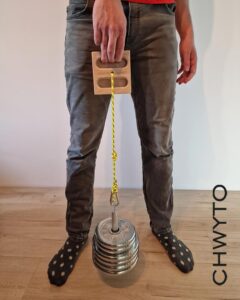
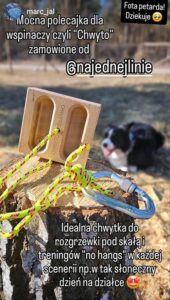
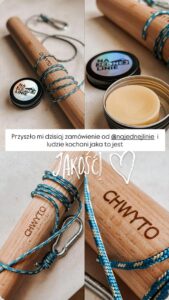
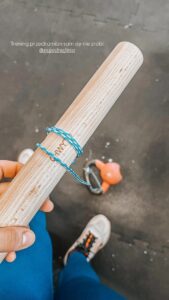
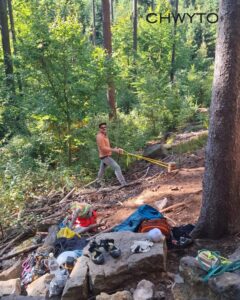
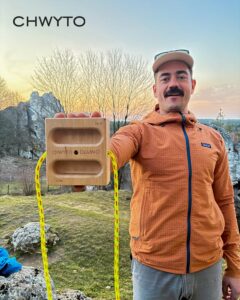
But they tend to be overpriced — and the truth is, you don’t need anything deeper than 20 mm to train effectively.
Exceptional quality at a fair price.
Why it’s worth shopping here
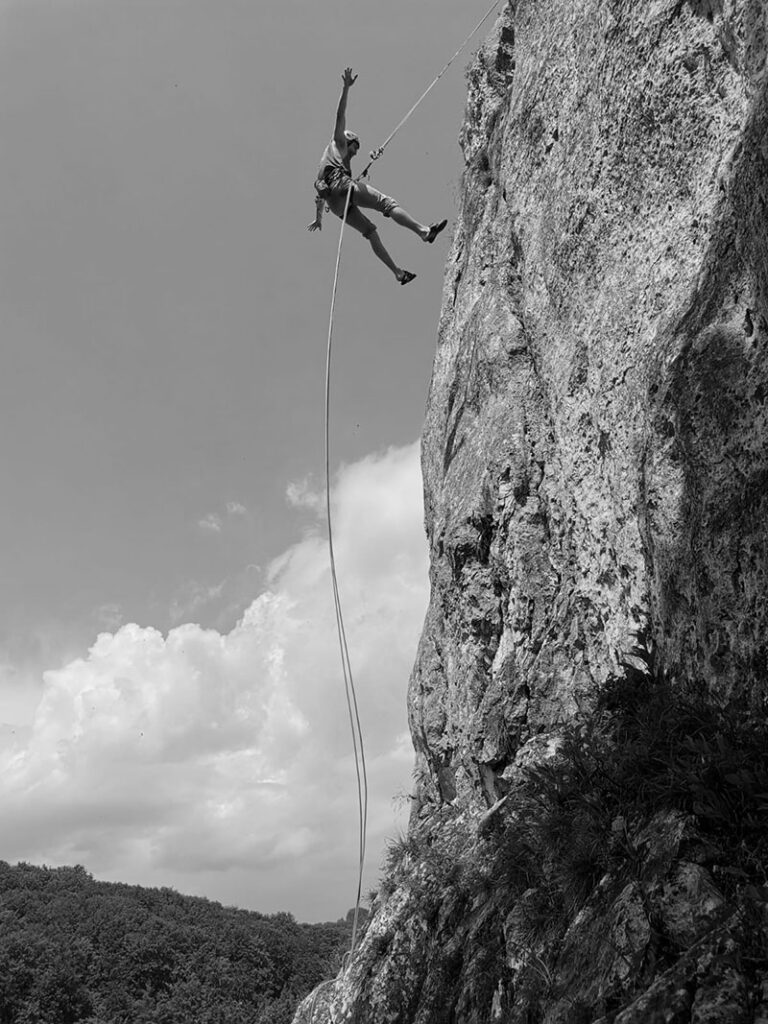
The road to 7a – a training plan for climbers
For me, climbing outdoors — whether on crags or in the mountains — always comes first. If the weather and schedule allow, I’ll choose real rock over plastic holds every time. The lessons learned on real stone are worth more than countless hours spent indoors.
Day 1 – Endurance and Footwork
Goal A: Aerobic Capacity
The ARC (Aerobic Restoration & Capillarity) workout focuses on long, low-intensity climbing.
This type of training increases capillary density, improving recovery and resistance to pumped forearms.
If you’re around Kraków, I highly recommend Sadystówka on Zakrzówek — a 50-meter wall that’s perfect for a solid endurance session on real rock
- Type of climbing: easy routes (5a–6a), long continuous sequences without rests
- Duration per set: 15–30 minutes
- Number of sets: 3
- Rest between sets: full recovery or up to 10 minutes
- Intensity (RPE): 3–4
- Focus on: precise footwork, smooth movement, steady pace. No hanging or stopping. Slightly overhanging wall (~5%).
- You don’t have access to long routes? Link a few easy boulders into a circuit, or use a spray wall
Goal B: Anaerobic Endurance – Interval Training
A perfect complement to classic ARC training.
It combines medium to high-intensity climbing with short rests, helping your body recover under fatigue.
Result: better pump resistance, improved anaerobic endurance, and readiness for sustained crux sequences.
- Duration per set: 1–3 minutes
- Number of sets: 10
- Rest between sets: same as the duration of your previous climb (max 3 minutes)
- Route difficulty: 6a–6c
- Intensity (RPE): 7–8
Day 2 – “No-Hang” on Hangboard Pocket
Hangboard training without hanging — the No-Hang method — develops finger strength without overloading joints and tendons. Perfect for active recovery
Day 3 – Strength and Power
Goal: Max Strength & Dynamics
Time for power climbing: short, hard sequences on overhanging boulders — dynamic moves, deadpoints, and heel hooks
- Type: self-set boulders in the V4–V6 range
- Style: dynamic movements, strong holds, heel hooks
- Sets: 12 max-effort attempts
- Rest: 3–5 minutes
- Intensity (RPE): 8–10
- Pro tip: Try problems just below your limit, but climb them with strong, dynamic execution. Or go for your absolute limit and aim to complete even 1–2 moves
Day 4 – “No-Hang” on Hangboard Pocket
Another hangboard day — for active recovery or finger strength support.
Ideal when your skin needs a break after a bouldering session.
Day 5 – Technique
Goal: Efficiency, Footwork, Breathing & Flow
This is the day to focus on fluidity, route reading, conscious breathing, and movement economy.
The less energy you spend per move, the further you’ll go.
Exercises:
- Silent Feet – climb like a ninja; feet should be silent and precise.
- Pause Drill – pause 1–2 seconds before each move to build tension and control
- Downclimbing – climb down routes to improve focus and movement reversal.
- No Hands – climb using only balance and footwork
- Eyes Closed – climb easy routes with eyes closed (after memorizing holds)
- Set duration: 2–3 minutes (if shorter – slow down!)
- Sets per exercise: 3–5
- Rest: 3–5 minutes (quality > quantity
- Intensity (RPE): 3–5
Conclusions & Reflections
TThis training cycle combines strength, endurance, technique, and recovery.
The key is to listen to your body, avoid injuries (train antagonist muscles and shoulder rotators), and find joy in progress — not just in the numbers.
My road to 7a is only beginning, but I can feel myself getting closer with every week.
Want to try a similar plan? Click the link below!
